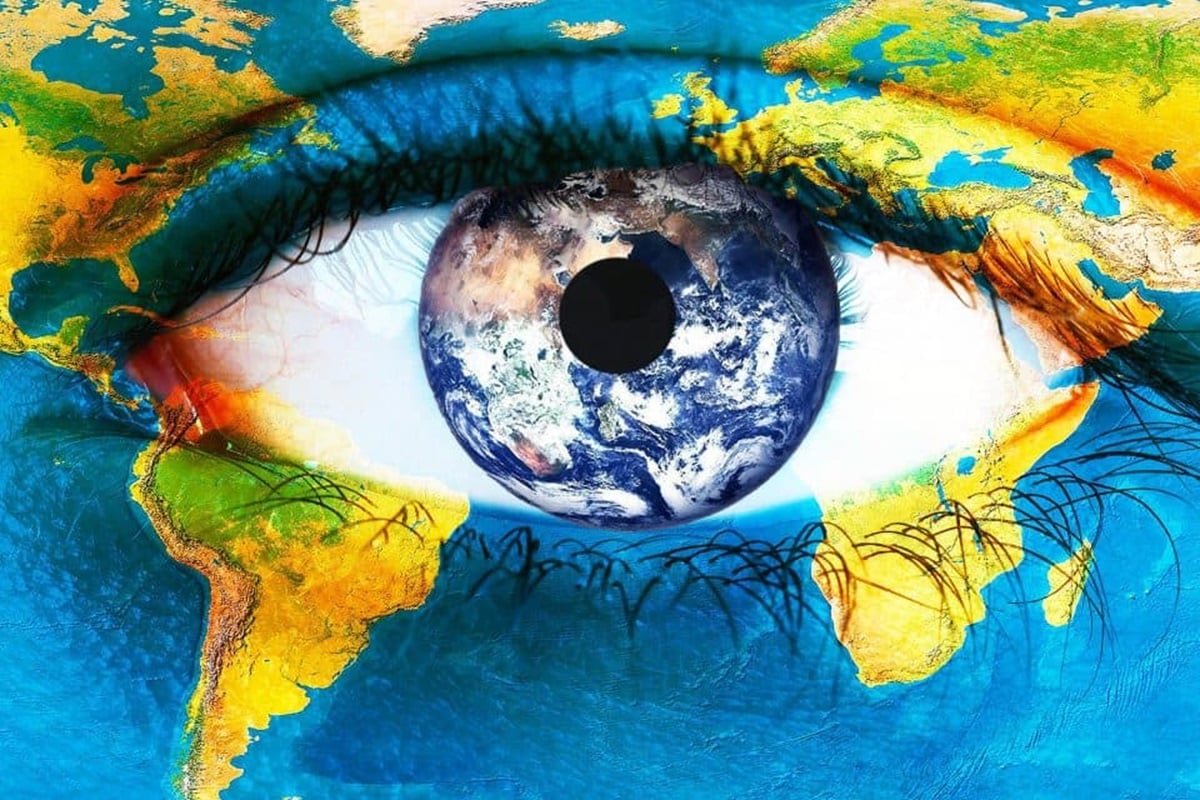The question of how many humans have lived on Earth throughout history has captivated demographers, researchers, and curious individuals alike. Estimating the total number of humans who have ever existed is a complex task that requires making educated guesses about population sizes, birth rates, and mortality rates over the vast expanse of human history.

The Most Widely Cited Estimate
The most widely cited estimate, provided by the Population Reference Bureau (PRB), suggests that approximately 108 billion people have called Earth home. This figure is based on a systematic approach that divides human history into different periods based on major technological, cultural, and societal changes.
Establishing a Starting Point
To begin our journey, we need to establish a starting point for when modern humans (Homo sapiens) first appeared. Most anthropologists agree that modern Homo sapiens emerged around 300,000 years ago. However, for the purposes of demographic estimation, researchers often consider a more conservative starting point of around 50,000 years ago, when humans began to exhibit behaviorally modern traits, such as creating art and using tools.
The Upper Paleolithic Period
The Upper Paleolithic period, which began around 40,000 years ago, witnessed the emergence of increasingly complex tools and technologies. These advancements allowed for more efficient hunting, fishing, and the creation of intricate clothing and other objects. The Upper Paleolithic era is also notable for the earliest known examples of artistic expression, such as cave paintings and carved figurines.
Estimating Population Size
Estimating the population size of early humans is a challenging task due to the lack of written records and limited archaeological evidence. Researchers rely on various indirect methods to make informed guesses. They examine the carrying capacity of ancient environments and study genetic diversity to gain insights into early population dynamics.
Hunter-Gatherer Period
During the majority of human history, our ancestors lived as hunter-gatherers. Estimates suggest that the global population during this period was relatively small, likely ranging from 1 to 10 million individuals. Population growth was slow due to high mortality rates and limited resources.
Agricultural Revolution
Around 10,000 BCE, the agricultural revolution significantly changed the course of human society and population dynamics. With the ability to produce surplus food, human populations began to grow more rapidly. By the year 1 CE, estimates place the global population at approximately 300 million.
Birth Rates and Mortality Rates
Understanding historical birth rates is crucial in estimating the total number of humans who have ever lived. Birth rates are influenced by a multitude of factors, including cultural practices, economic conditions, and mortality rates. In pre-industrial societies, birth rates were high, often exceeding 40 births per 1,000 individuals annually. However, high infant and child mortality rates meant that many of these births did not result in long-term population growth.
Industrial Revolution
The industrial revolution brought about significant changes, including improvements in medicine, sanitation, and food production. These advancements led to lower mortality rates and sustained population growth. As a result, the global population grew from about 1 billion in 1800 to over 7 billion in the early 21st century.
Leave a Reply